Law enforcement personnel across the county receive training on National Highway Traffic Safety Administration (NHTSA) published material. The NHTSA develops training manuals focused specifically on how to detect whether a driver may be drunk. In one such guide, it lists twenty-four driving cues of DWI detection.
The NHTSA breaks down the cues into categories of driving behavior, such as problems maintaining proper lane position, speed and braking problems, vigilance problems, and judgment problems. These cues can be important if you are challenging the basis for a police officer to pull you over and investigate for DWI in a suppression hearing, at trial, or at an implied consent hearing.
Problems maintaining proper lane position include the following seven cues: weaving, weaving across lane lines, straddling a lane line, swerving, turning with a wide radius, drifting, and almost striking a vehicle or other object.
Speed and braking problems include these four cues: stopping problems, such as too far, too short, or too jerky, accelerating or decelerating for no apparent reason, varying speed, and slow speed under ten miles per hour under the limit.
Vigilance problems include the following six cues: driving in opposing lanes or wrong way on a one-way, slow response to traffic signals, slow or failure to respond to officer’s signals, stopping in lane for no apparent reason, driving without headlights at night, and failure to signal or signal inconsistent with action.
Judgment problems include these seven cues: following too closely, improper or unsafe lane change, illegal or improper turn (too fast, jerky, sharp, etc.), driving on other than the designated roadway, stopping inappropriately in response to an officer, inappropriate or unusual behavior (throwing, arguing, etc.), and appearing to be impaired.
The inverse of each cue is what can be difficult for an impaired driver to do. Staying within one’s lane on the road can become challenging for someone under the influence of alcohol. Maintaining proper speed and distance from other vehicles can be arduous for a drunk driver. Failing to turn your headlights on can be indicia of impairment. The more cues an officer sees, is shown on camera, and is testified to by an officer, the more challenging it is going to be for you to dispute the basis for the traffic stop. There can often be innocent explanations for driving behavior, such as I simply forgot to turn my headlights on because my two-year old was playing in my car and flipped the dial that automatically turns my lights on. But, if an officer sees you driving at night without any headlights on, impaired by alcohol or not, it is going to justify the basis for the stop. In these situations, it will be up to your DUI attorney to develop issues to challenge occurring after the officer stopped your vehicle. This can include the basis to expand the seizure into a DWI investigation, the validity of the field sobriety testing, allegations of impaired behavior observed by the police officer, verbal advisories, and evidentiary testing procedures.
